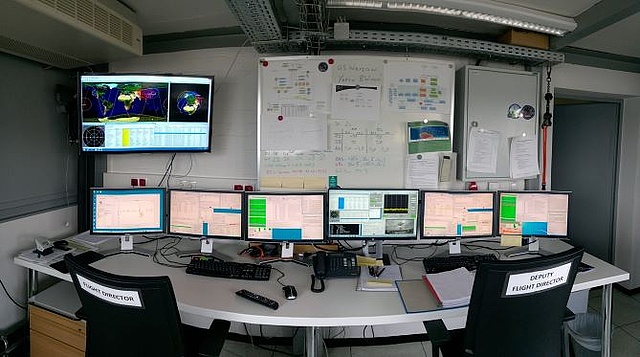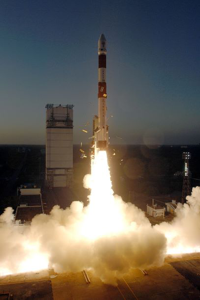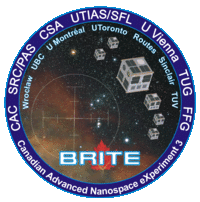Mission Control and Ground Station
The Telecommand uplink as well as the downlink of the telemetry and scientific data took place via a ground station built at the institute. In addition to the antenna tower, a mission control centre was set up to ease the challenges that arise when communicating with the satellite and during tracking.

Launch

The satellite was launched on February 25, 2013 as a secondary payload from the Satish Dhawan Space Center in Sriharikota/India. BRITE-Austria/TUGSAT-1, along with 6 other satellites (including sister satellite UniBRITE), was launched into a sun-synchronous dawn-dusk orbit aboard the ISRO's PSLV-C20 (Polar Satellite Launch Vehicle) rocket.
A video of the start can be found under the following link: https://www.youtube.com/watch?v=z18sJ3RJ8OQ
